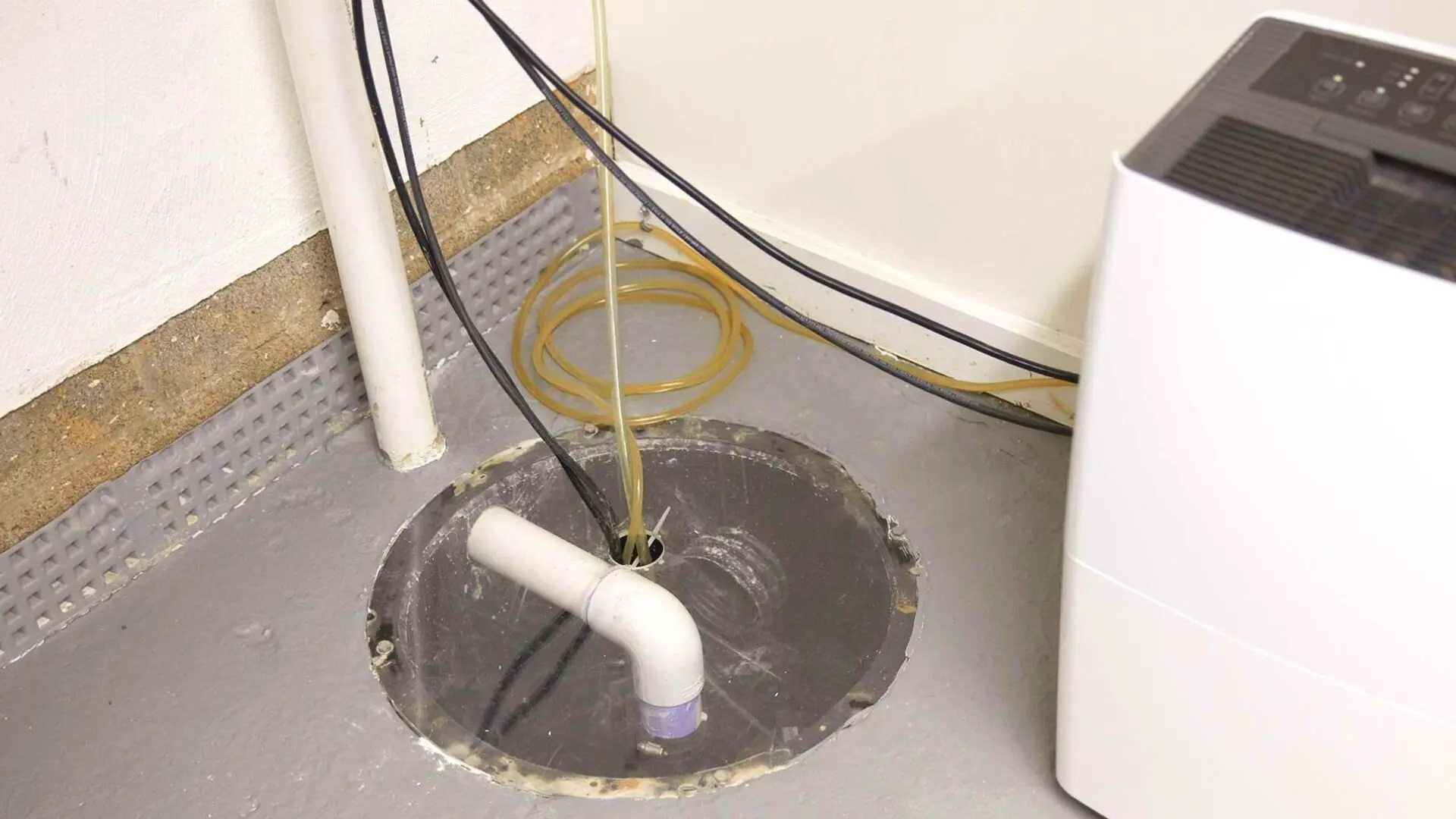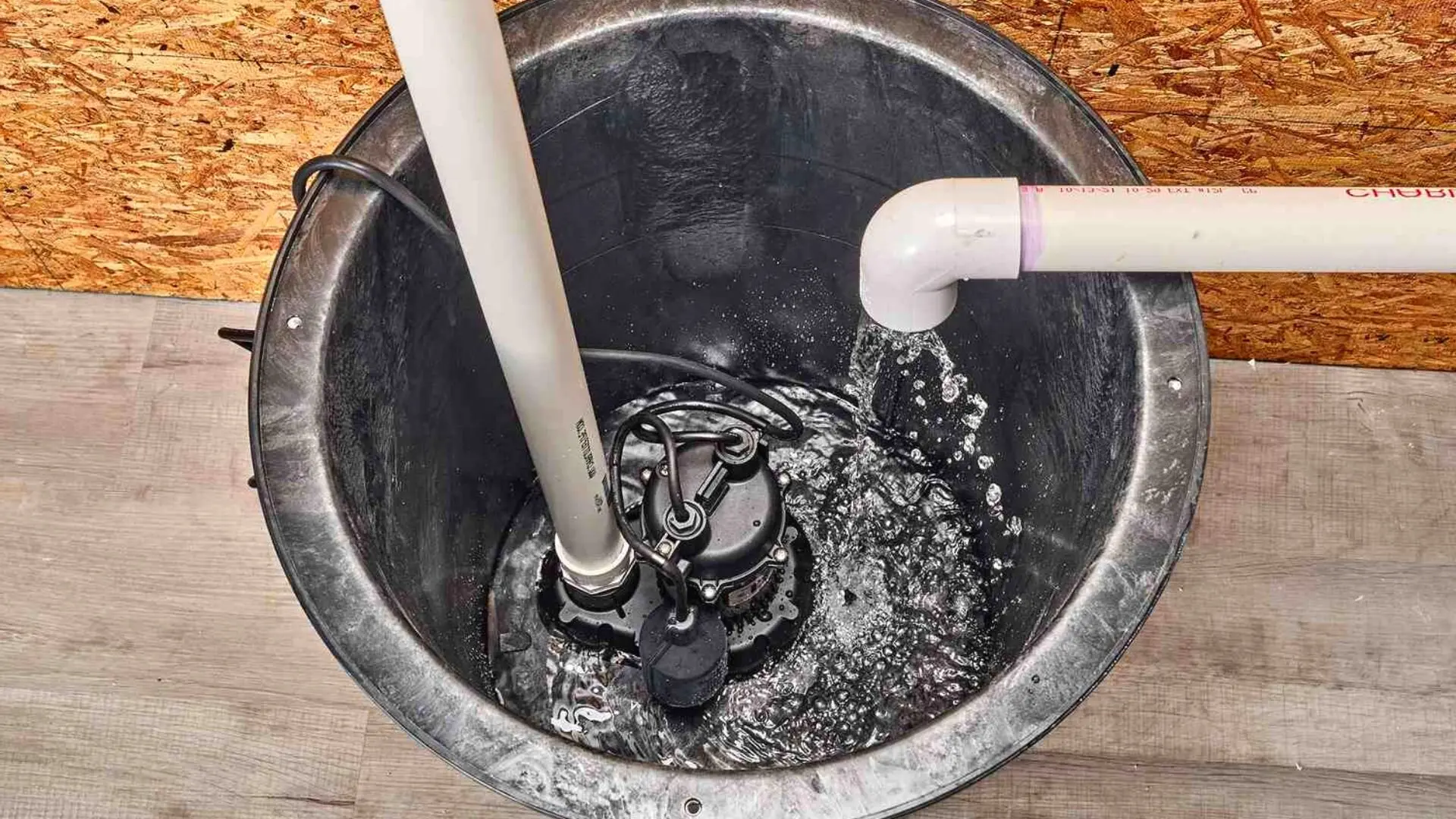Are you currently hunting for advise around Cleaning & Maintenance Tips for Your Home's Sump Pump?

Sump pumps are critical elements in lots of homes, particularly in locations vulnerable to flooding or too much wetness. They assist protect against water damages by successfully eliminating excess water from basements or crawl spaces. Nonetheless, like any other appliance, sump pumps call for regular maintenance to guarantee they function properly when required the most. Cleaning your sump pump is an essential part of its maintenance, and comprehending exactly how to do it properly can save you from expensive fixings and potential disasters.
Introduction
Preserving a tidy sump pump is important for its correct functioning and durability. Overlooking this necessary job can bring about blockages, breakdowns, and inevitably, water damage to your residential or commercial property. As a result, learning just how to clean up a sump pump is important for property owners that count on these tools to keep their basements completely dry and safeguarded.
Signs of a Dirty Sump Pump
Recognizing when your sump pump requires cleansing is important for preventing prospective malfunctions. Some typical indications that show a dirty sump pump include odd noises during procedure, reduced water circulation, and noticeable particles in the pit. If you see any of these signs, it's necessary to cleanse your sump pump quickly to avoid any kind of further issues.
Getting ready for Cleaning
Prior to you begin cleansing your sump pump, it's important to take some security preventative measures. Start by shutting off the power to the pump to prevent any type of electric accidents. Furthermore, use suitable protective gear, such as handwear covers and safety glasses, to shield yourself from dirt, debris, and prospective microorganisms.
Recognizing the Sump Pump
Prior to diving into the cleaning procedure, it's essential to have a standard understanding of exactly how a sump pump works. Normally installed in a pit or basin below the cellar floor, a sump pump includes a number of essential elements, consisting of a pump, a float button, and a discharge pipe. When water collects in the pit, the float switch activates the pump, which after that pumps the water out through the discharge pipeline, away from the building's foundation.
Detailed Guide to Cleaning Up a Sump Pump
Shutting Off the Power
Begin by separating the power supply to the sump pump to prevent any type of crashes while cleansing.
Checking for Appropriate Performance
Prior to re-installing the pump, perform a quick test to make sure that the float button triggers the pump appropriately. Put some water right into the sump pit and observe the pump's operation. If every little thing is operating appropriately, you can reassemble the pump and reconnect the power supply.
Eliminating Particles and Dust
Utilize a container or a scoop to eliminate any type of visible debris, dirt, or debris from the sump pit. Dispose of the debris appropriately to avoid it from blocking the pump or the discharge pipeline.
Cleaning up the Pump and Drift Switch
As soon as the pit is clear of debris, very carefully eliminate the pump from the pit. Inspect the pump and the float button for any type of indicators of damage or wear. Make use of a soft brush or cloth to clean up the surface areas and remove any type of accumulated crud.
Purging the System
After cleaning the pump and float switch, purge the sump pit with clean water to eliminate any continuing to be dust or sediment. This will aid guarantee that the pump runs smoothly and successfully.
Upkeep Tips to Keep Your Sump Pump Clean
In addition to regular cleaning, there are numerous maintenance suggestions you can comply with to maintain your sump pump in ideal problem:
- Normal Examination: Check your sump pump regularly for any indications of wear, damage, or obstructions.
- Keeping the Surrounding Location Clean: Guarantee that the location around the sump pit is free of debris, dust, and obstructions.
- Testing the Pump Occasionally: Examine your sump pump periodically by putting water into the pit and observing its operation. This will certainly assist you determine any type of prospective issues prior to they escalate.
Conclusion
Cleaning your sump pump is a crucial aspect of its upkeep and guarantees that it runs effectively when you need it the most. By following the actions described in this guide and incorporating regular upkeep into your routine, you can prolong the lifespan of your sump pump and secure your home from water damage.
6 STEPS ON HOW TO CLEAN A SUMP PUMP PROPERLY
UNDERSTANDING SUMP PUMPS
Your sump pump plays a crucial role in protecting your home by managing and removing excess water. It primarily functions as a “shield”, guarding your basement against the damaging effects of water accumulation. The pump is housed in a sump pit in the lowest part of your basement, and its job is to pump out any water that collects there.
During heavy rainfalls or when snow melts rapidly, water can infiltrate your basement, posing potential risks like flooding, structural damage, and harmful mold growth. Here, the sump pump springs into action, pumping out the intruding water and directing it away from your home.
SAFETY FIRST
Before cleaning, remember to prioritize safety. Disconnect the sump pump from the power source to prevent any accidental electric shocks. Also, wear sturdy gloves to protect your hands from any sharp or dirty components within the pump.
REMOVE THE SUMP PUMP
After ensuring your safety, the next step is to remove the sump pump from its pit. Doing this might require careful maneuvering as you don’t want to damage any pump components. Once removed, clean the sump pit to remove any accumulated debris or sludge.
INSPECT THE PUMP
Inspect the pump for any visible signs of wear or damage. Check the power cord, float switch, and impeller housing. If any components look worn out or damaged, consider replacing them to ensure optimal performance.
CLEAN THE PUMP
Thoroughly clean the pump with warm, soapy water. Make sure to rid it of any dirt, gravel, or other debris that might impede its performance. You can use a toothbrush to clean the small, hard-to-reach parts of the pump.
REINSTALL THE SUMP PUMP
- Reinstall the pump into the sump pit
- Make sure it’s positioned correctly to remove the water effectively
- Once it’s back in place, reconnect it to the power source
TEST THE PUMP
Finally, pour some water into the pit to ensure the pump works correctly. It should start automatically and begin pumping out the water; if it doesn’t, check the power source and the positioning of the pump.
Remember, while cleaning your sump pump is an essential part of home maintenance, hiring a professional plumber for a thorough inspection and cleaning at least once a year is also important. This will ensure that your pump is in optimal condition, ready to protect your home from potential water damage.
BEST PRACTICES FOR CLEANING SUMP PUMP DISCHARGE PIPES
- Regular Inspection: Regularly inspect your discharge pipes, especially during heavy rainfall or snowmelt periods. Look for any signs of blockage or damage. Early detection of problems can prevent serious issues down the line.
- Periodic Cleaning: Over time, sediment and debris can accumulate in the discharge pipes, impeding the flow of water. Regular cleaning helps keep the pipes clear and functioning efficiently. You can use a high-pressure water jet to effectively clean the pipes.
- Insulation During Winter: In colder climates, discharge pipes can freeze, blocking the outflow of water. Protect your discharge pipes from freezing temperatures by insulating them with foam pipe insulation. This will ensure the sump pump can continue to discharge water even in freezing conditions.
- Proper Positioning: The discharge pipe should be positioned to direct water away from your home’s foundation. Improper positioning can lead to water seeping back into the basement. Ensure the pipe is long enough and angled correctly.
- Installation of a Check Valve: A check valve prevents water from flowing back into your sump pit after the pump has pushed it out. Installing a check valve helps maintain the efficiency of your sump pump and reduces the risk of flooding.
- Minimize Pipe Turns: Every curve or turn in the discharge pipe can decrease the efficiency of water flow. By minimizing turns and bends in your discharge pipe, you can increase the efficiency of your sump pump.
https://www.fullspeedplumbing.com/how-to-clean-a-sump-pump-properly9999/

As a serious reader about How To Effectively Clean A Sump Pump, I assumed sharing that piece of content was a good thing. Liked our write up? Please quickly share it. Help other people locate it. Thanks for your time invested reading it.
More Details
Comments on “Effective Tips for Maintaining a Sump Pump”